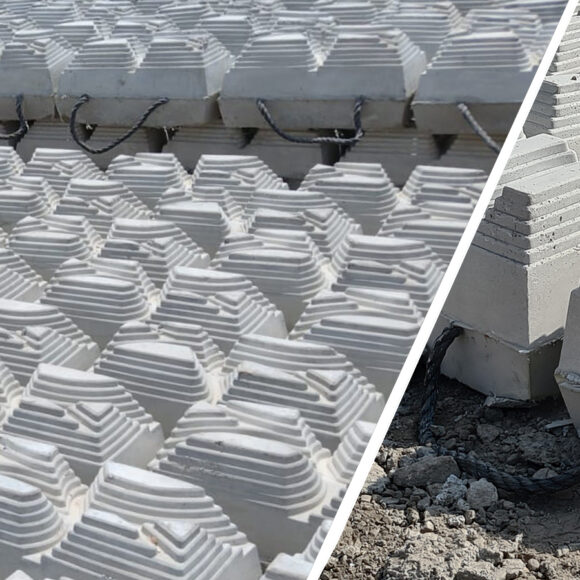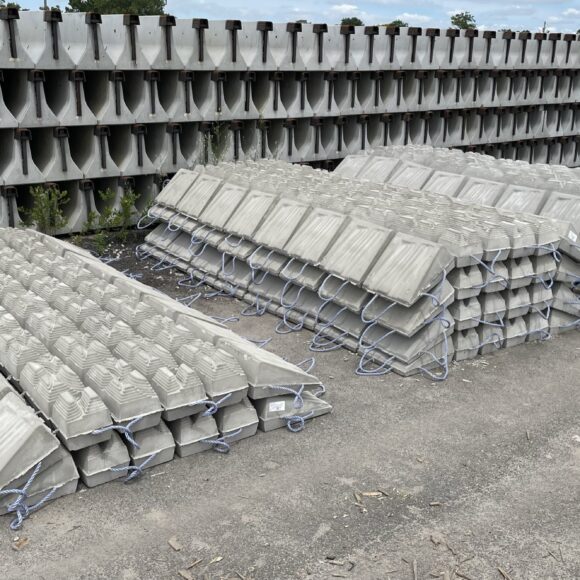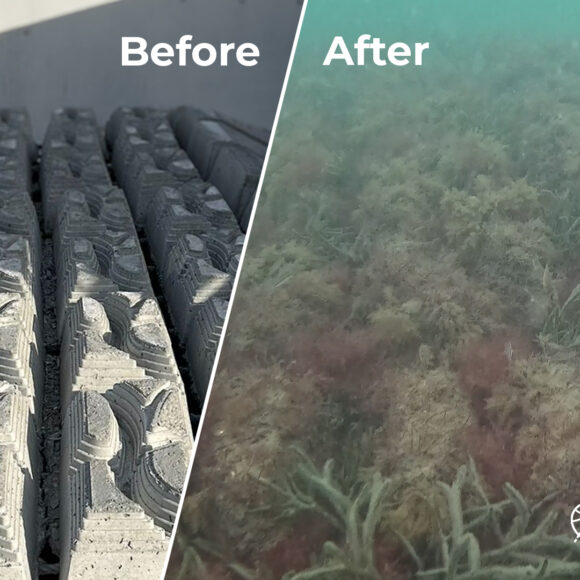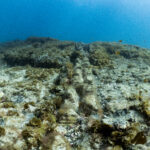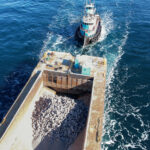Cable Protection & Stabilisation with ECOncrete Marine Mattresses
Objectives
To protect and stabilise subsea power cables while creating habitats that support marine biodiversity within offshore wind infrastructure.
Short description
In 2023, ECOncrete installed marine mattresses at the Vineyard Wind 1 offshore wind farmFirst large-scale offshore wind energy facility in the United States, located off the coast of the state of Massachusetts. It comprises of 62 wind turbines and has a total capacity of 806 megawatts (MW), producing enough clean energy for over 400 000 homes. . This Nature Inclusive Design (NID) solution protects and stabilises subsea power cables in an area where mitigation measures are needed while creating diverse habitats to enhance marine biodiversity.
Before deployment, the hydraulic stability of the ECOncrete marine mattresses as a cable protection solution was assessed under different boundary and metocean conditions during an extensive physical model test campaign at the Environment Coast and Ocean Research Laboratory in the Polytechnic University of Madrid (Spain).
The marine mattresses are installed based on standard industry dimensions, equipment and methods. They feature a nature-inclusive design for cable protection which incorporates ECOncrete’s patented technology. The design includes a bio-enhancing concrete, and a three-dimensional complex surface optimised to create macro and micro habitats and enable the settlement and growth of marine flora and fauna. Their design creates various niche areas where fish can spawn, shelter, or feed, and features surfaces that encourage algae growth. As a result, the mattresses support the establishment of marine species which thrive in more natural environments, enhancing the surrounding food web. These ecological benefits provide opportunities for nature that would otherwise be absent in traditional cable protection technologies.
At the same time, by increasing the variety of available niches and promoting the growth of local species, marine mattresses can reduce the prevalence of invasive and opportunistic species.
Ecological monitoring is ongoing. Marine mattresses have the potential to deliver significant benefits to the offshore wind supply chain by providing validated, ecologically-engineered technology which supports marine biodiversity within offshore wind and grid infrastructure areas while adhering to engineering and offshore installation standards, regulatory environmental requirements, and relevant permitting processes.
ECOncrete’s NID marine mattresses are currently manufactured at scale for deployment in future offshore wind projects.
